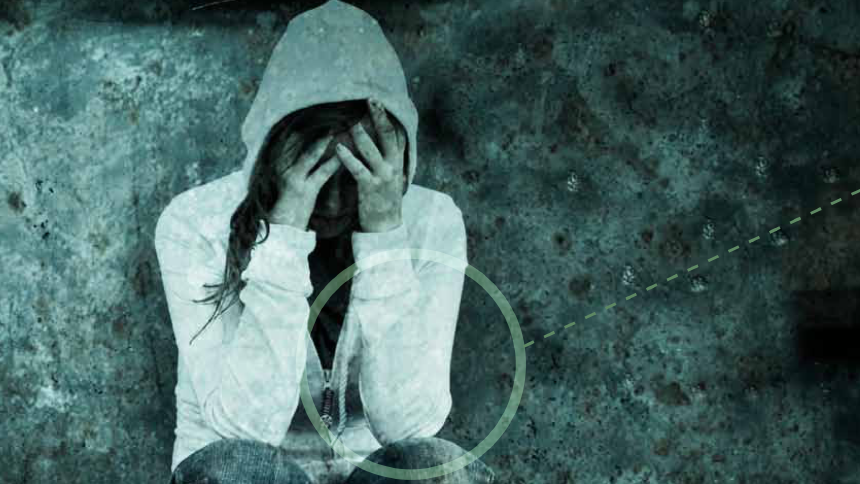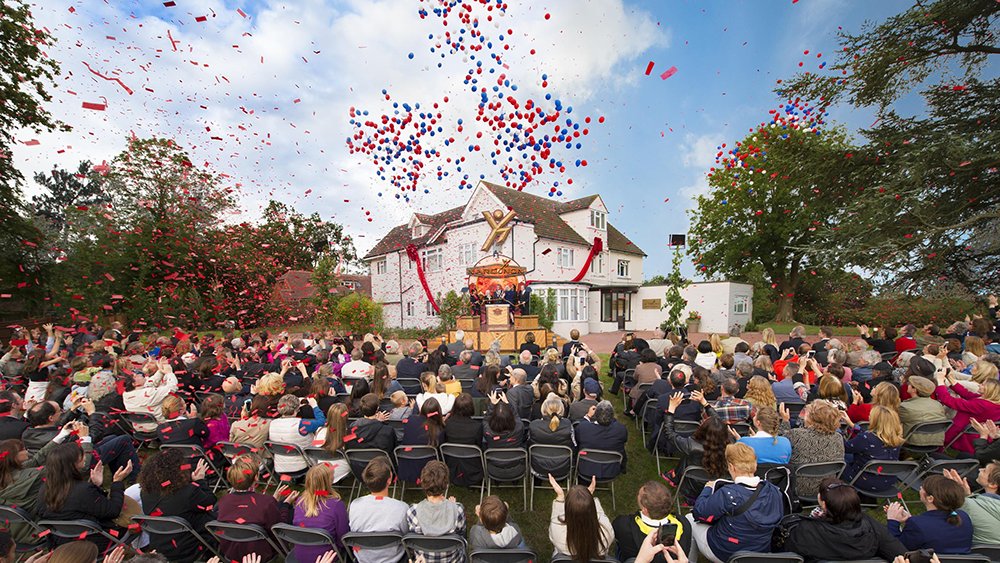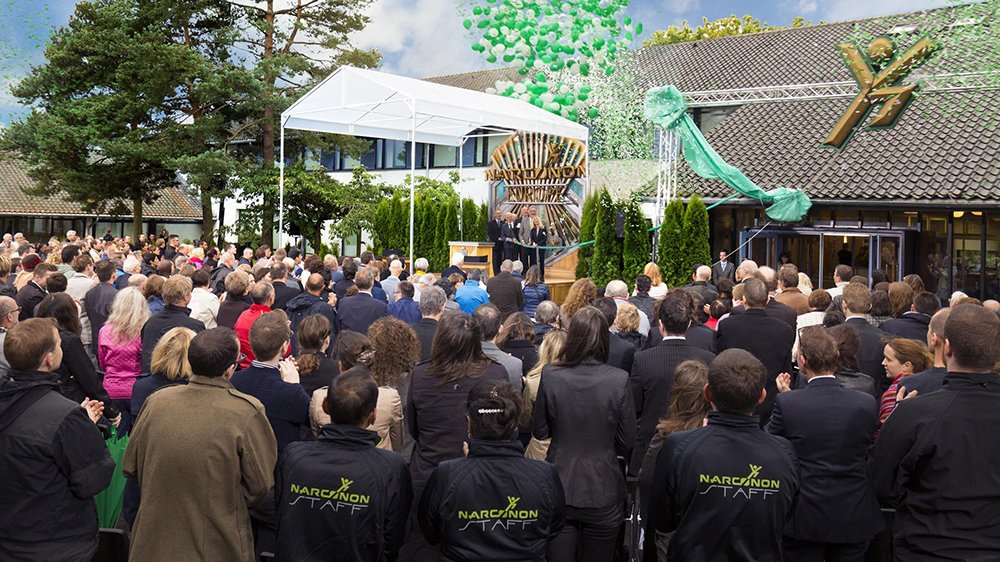INTRODUCTION
EFFECTIVE SOLUTIONS TO THE
PANDEMIC DRUG CRISIS
Drug and alcohol abuse wreak disastrous effects on society. The illicit drug trade is estimated at $322 billion annually—greater than the Gross Domestic Product of 88 % of the world’s nations. Hundreds of millions of lives are affected by illicit drugs, with many ended before their time. Careers and jobs are lost, individuals injured or debilitated, savings squandered and families destroyed.
The drug wars that rage along major trafficking routes in Central Asia and the Americas claim the lives of thousands of people every year, with many of the victims innocent bystanders. In Mexico alone, deaths attributed to the drug wars are approaching 50,000. In the United States, drug deaths exceed 35,000 each year, outnumbering traffic fatalities.
Drug fatalities more than doubled among teens and young adults in the first decade of the 21st century, and deaths more than tripled among those
Overcrowded prisons in the United States are filled with offenders whose crimes involved drugs. Many were on drugs when they committed those crimes—and often the crime was committed to support a drug habit.
And drug addiction and dependency not only grip the stereotypical “drug addict”—people from all walks of life and all ages can fall prey to addictive substances. The costs of drug abuse are high and help is desperately needed to curtail the epidemic.
In reply stands Narconon (meaning “no drugs”), the drug rehabilitation and prevention programme based on the discoveries of L. Ron Hubbard.
The drug-free Narconon Programme utilises the full battery of Mr. Hubbard’s technologies for withdrawal, detoxification and rehabilitation, including a thorough address to factors that, unhandled, might lead to drug reversion. Consequently, the Narconon success rate is four times international averages.
Secular in nature, the worldwide Narconon drug rehabilitation and prevention network comprises some 40 drug rehabilitation centres and more than 95 centres and groups across five continents.















